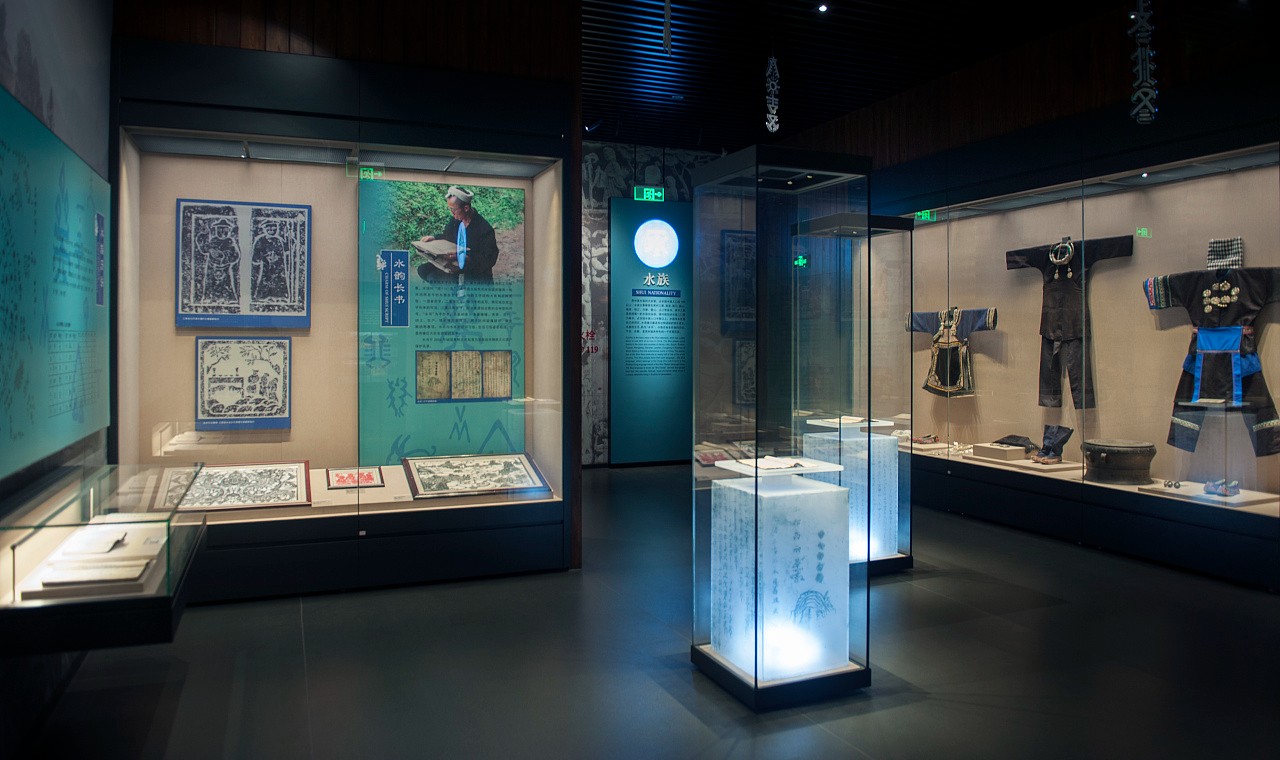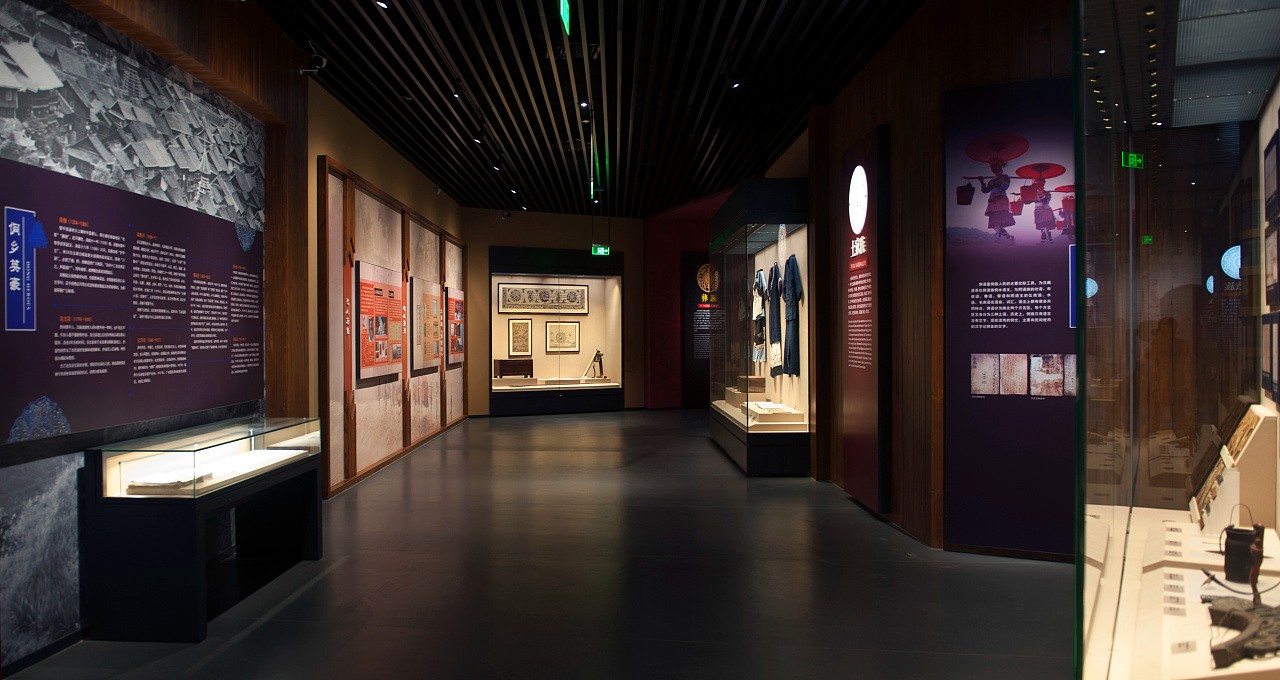& nbsp; & nbsp; Selecting museum display cabinets is an important link to ensure the safety of cultural relics and enhance the exhibition experience. The following are the key factors that Huabo Art Exhibition needs to consider when choosing museum display cabinets to help you make a wise choice.
& nbsp; & nbsp; 1: Preservation
of cultural relics & nbsp; The primary consideration is the protective performance of the display case for cultural relics. Display cabinet materials must ensure that they are harmless to cultural relics and avoid using materials containing chlorine, sulfur or other acidic components, because these materials can release harmful gases and damage cultural relics. Choosing safe materials that have passed strict tests, such as stainless steel, aluminum alloy and steel plate with plastic spraying paint on the surface, can effectively prevent cultural relics from being damaged. In addition, the display cabinet should have good sealing to control the internal temperature and humidity and prevent the cultural relics from getting damp or cracking.
& nbsp; & nbsp; 2: Size and display requirements
& nbsp; Select the appropriate display case size and shape based on the size and type of exhibit. The display case should fully accommodate the exhibits and provide sufficient space to display the details of the artifacts. For cultural relics with special display needs, such as paintings and calligraphy or three-dimensional sculptures, it is necessary to select display cabinets with specific display functions, such as flat cabinets or independent cabinets, to ensure that exhibits can be presented in the best way.

& nbsp; 3: Lighting and protection
& nbsp; The material and workmanship of the display case directly affect its quality and aesthetics. Choose high-quality materials, such as tempered glass, stainless steel or high-quality wood, to ensure that the display case is durable and has a good visual effect. In terms of technology, pay attention to whether the edge sealing of the display cabinet is neat and firm, and whether the hardware accessories are high-quality and durable, these details determine the overall quality of the display cabinet.

& nbsp; 5: Installation and maintenance
The installation and maintenance of display cases should be simple and convenient to meet the actual needs of the museum. Select a display cabinet supplier that provides professional installation services and after-sales guarantee to ensure that problems encountered in the use of the display cabinet can be solved in a timely manner. In addition, the design of display cabinets should be easy to clean and maintain, so as to reduce the workload of daily management.
6: Aesthetics and Design
The appearance design of the display cabinet should be coordinated with the overall style of the museum to enhance the viewing experience of the audience. Choosing to design high-end atmospheric exhibition cabinets can highlight the historical significance of cultural relics, and at the same time, through detailed design, such as wood grain, color, etc., combined with the cultural characteristics of museums, create a harmonious exhibition atmosphere.
& nbsp; & nbsp; 7: Budget and Cost Effectiveness
& nbsp; The cost effectiveness of the display case is considered on the premise of meeting all functional and quality requirements. Choose a display case that meets the budget and avoid increasing the financial burden of the museum because of the high price. The most cost-effective option can be found by comparing the quotations and product quality of multiple display cabinet suppliers.
& nbsp; Huabo Art Exhibition has been deeply engaged in the design, customization, production and installation of exhibition cabinets for more than ten years, creating quality with ingenuity and leading the future with innovation. We focus on providing one-stop display cabinet solutions
for museums, art galleries, memorials, art galleries, science and technology museums, history museums, memorials and other cultural institutions.previous:"Huabo Art Exhibition" teaches you how to choose the right specimen display cabinet.
next:Development and Advantages of Intelligent Museum Showcase